Live Oak Tree
- October 3, 2023
- 0 comment
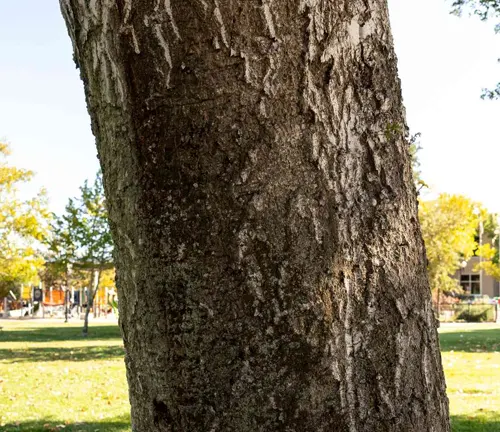
The Live Oak tree, scientifically known as Quercus virginiana, is an iconic symbol of the southeastern United States, celebrated for both its striking appearance and profound ecological and historical significance. This majestic tree is characterized by its evergreen nature, a rarity among oak species. Its dark green, leathery leaves persist year-round, creating a lush and unending canopy that provides shade and beauty in landscapes throughout the region. What sets the Live Oak apart is its distinctive growth pattern; over time, its branches become stout and gnarled, sculpting a picturesque silhouette that captures the imagination and exemplifies the wisdom of age.
Beyond its aesthetic charm, the Live Oak plays a vital ecological role. Its robust branches offer refuge and nesting sites for a myriad of wildlife, from songbirds and squirrels to insects and owls. In coastal environments, where Live Oaks often thrive, these trees serve as natural guardians against the forces of nature. Their extensive root systems anchor the soil, preventing erosion and protecting the fragile coastal ecosystem from the ravages of storms and tides. Moreover, the fallen leaves of Live Oaks contribute to the enrichment of the soil, fostering a healthy understory of diverse vegetation.
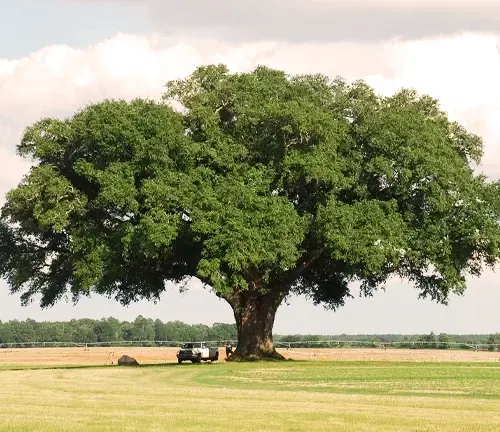
In essence, the Live Oak embodies the enduring spirit of the southeastern United States, a testament to the strength, adaptability, and connection to both the natural world and the human history that has unfolded beneath its branches. Whether standing sentinel in city parks, lining historic avenues, or adorning coastal landscapes, the Live Oak remains an irreplaceable part of the region’s identity, offering a living link between the past, present, and future.
| Characteristics | Description |
| Scientific Name | Quercus virginiana |
| Foliage | Evergreen, dark green, leathery leaves persist year-round |
| Size | Can reach heights of 40 to 80 feet (12 to 24 meters) with an equal or greater spread of branches |
| Growth Rate | Moderate, with an average annual growth of 12 to 24 inches (30 to 61 cm) |
| Canopy | Broad and sprawling, creating a dense and picturesque silhouette |
| Leaves | Oblong to elliptical, 2 to 4 inches in length, glossy dark green upper surface |
| Fruit | Acorns, about 1 inch long, maturing in one year; a staple food source for wildlife |
| Branches | Stout, gnarled branches with age, contributing to a unique aesthetic; may form expansive limbs |
| Land Use | Valued for providing shade in urban and residential areas; integral to coastal and riparian ecosystems |
| Fall Color | Minimal fall color change, with leaves often retaining their green hue |
| Climate Tolerance | Thrives in warm and humid climates; tolerant of salt spray in coastal areas |
A Brief History
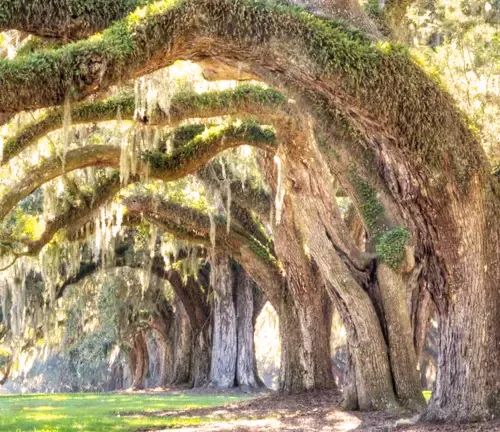
The Live Oak tree, known scientifically as Quercus virginiana, holds a storied past deeply intertwined with the southeastern United States. With roots that stretch back centuries, this iconic tree has borne witness to significant historical events. Many Live Oaks are believed to have been standing during the American Revolution and the Civil War, their enduring presence making them living monuments to the region’s history and heritage. These venerable giants are often found near historic sites, plantations, and antebellum homes, adding a touch of timelessness to the cultural landscape.
Color/Appearance
Live Oak trees are renowned for their striking appearance. Their evergreen foliage boasts a glossy, dark green upper surface that persists year-round. The leaves, typically oblong to elliptical and measuring 2 to 4 inches in length, create a dense and lush canopy. As autumn arrives, the Live Oak’s leaves retain their deep green hue, offering minimal fall color change compared to deciduous trees. This unique feature contributes to the tree’s enduring aesthetic appeal.

Life Cycle
The Live Oak’s life cycle is a testament to longevity. Some specimens are known to live for centuries, with their stout and gnarled branches developing with age. The tree produces inconspicuous, small greenish-yellow male and even smaller female flowers in spring. These flowers eventually give way to acorns, about 1 inch in length, which mature in one year. Acorns serve as a vital food source for wildlife and are a sign of maturity for the tree.
Adaptability and Resilience
One of the Live Oak’s most remarkable qualities is its adaptability and resilience. Native to the southeastern U.S., it thrives in diverse soil types, including sandy coastal plains and well-drained uplands. Live Oaks are especially resilient in coastal environments, where they play a crucial role in preventing erosion and protecting fragile ecosystems from storms and tides. Their extensive root systems provide stability and support to the soil, making them nature’s fortifications against coastal erosion.
Ecological Importance
Beyond its aesthetic charm, the Live Oak holds immense ecological significance. The tree provides vital habitats for a diverse range of wildlife, including birds, squirrels, insects, and owls. Its fallen leaves contribute to nutrient cycling, enriching the soil beneath the tree and supporting the growth of understory vegetation. In coastal areas, Live Oaks serve as natural buffers, mitigating the impact of hurricanes and safeguarding the delicate balance of coastal ecosystems.


Wood Products and Applications
Live Oak wood is prized for its density and durability. Historically, it was a favored wood for shipbuilding, known for its strength and resistance to decay. Today, Live Oak wood is still used in boat construction, outdoor furniture, and architectural applications. Its enduring quality and resistance to rot make it a valuable material for projects requiring longevity and durability.
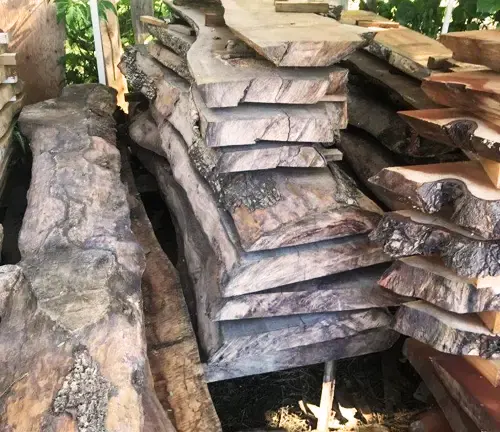

Cultivation and Care
Cultivating and caring for Live Oak trees is a rewarding endeavor. They are relatively low-maintenance once established, requiring little intervention. Pruning may be necessary for shaping and structural maintenance. To propagate Live Oaks, acorns can be collected and planted after undergoing a period of stratification. These trees thrive in warm, humid climates, making them a cherished addition to landscapes across the southeastern United States.

Benefits
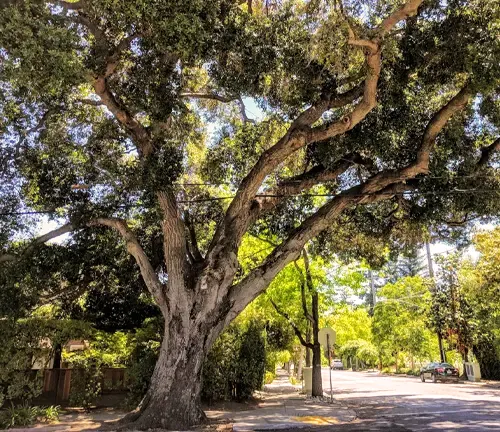
The Live Oak tree offers an array of benefits to both natural ecosystems and human communities. Its ability to provide year-round shade enhances urban and residential areas, reducing energy consumption for cooling. In addition, its cultural significance adds character to historic landscapes, reinforcing the connection between nature and human history. Moreover, as a critical part of coastal ecosystems, Live Oaks contribute to shoreline protection, supporting biodiversity and safeguarding against erosion.
In summary, the Live Oak tree, with its enduring presence, remarkable adaptability, and ecological importance, stands as a symbol of resilience and strength in the southeastern United States. Its history, appearance, and contributions to the environment and culture make it a treasured and cherished part of the landscape.
Frequently Asked Questions (FAQs)
- Do Live Oak Trees ever drop their leaves?
No, Live Oak Trees are evergreen, which means they retain their dark green, leathery leaves throughout the year. Unlike deciduous trees that shed their leaves in the fall, Live Oaks provide continuous shade and greenery. - Are all Live Oak Trees the same species?
While all Live Oaks belong to the Quercus virginiana species, there is genetic diversity among different populations. Some Live Oaks may exhibit variations in size, shape, and leaf characteristics based on their specific location and environmental factors. - Can Live Oak Trees survive in areas with high salt content in the soil?
Yes, Live Oak Trees are known for their tolerance to salt spray and can thrive in coastal regions where salt levels in the soil and air are higher. Their ability to adapt to such conditions makes them valuable for coastal landscaping. - Why do Live Oak Trees sometimes have Spanish moss hanging from their branches?
Spanish moss (Tillandsia usneoides) often hangs from Live Oak branches, creating an iconic and mysterious appearance. However, Spanish moss is not parasitic and doesn’t harm the tree. It uses the tree as a convenient anchor but obtains nutrients from the air. - Do Live Oak Trees produce acorns every year?
No, Live Oak Trees do not produce acorns every year. They typically have variable acorn production, with some years having abundant acorns (mast years) and other years producing fewer. This irregular pattern of acorn production can be influenced by environmental factors.




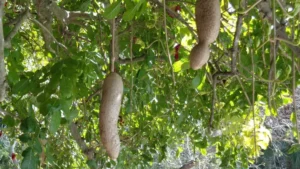
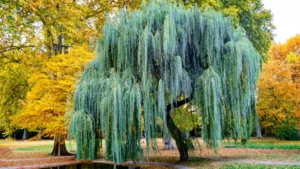
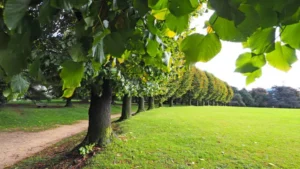
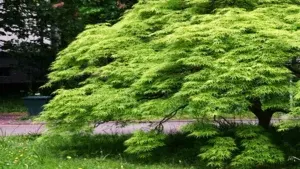

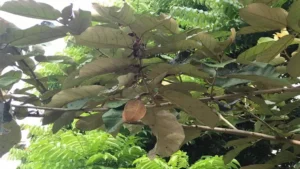
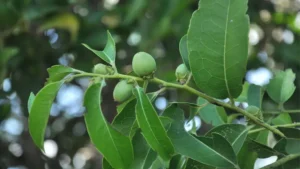
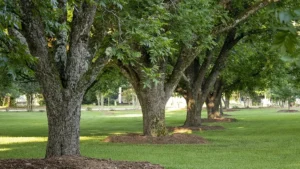
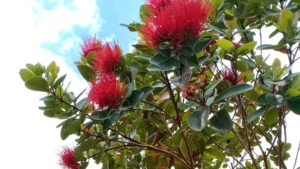
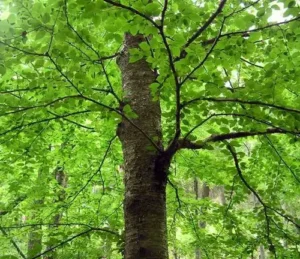
Leave your comment